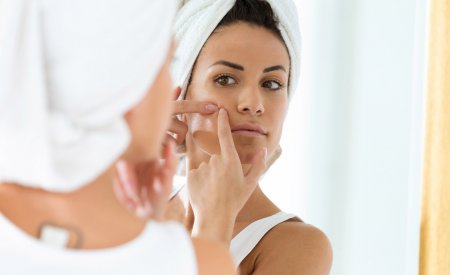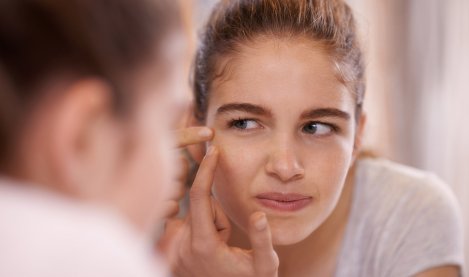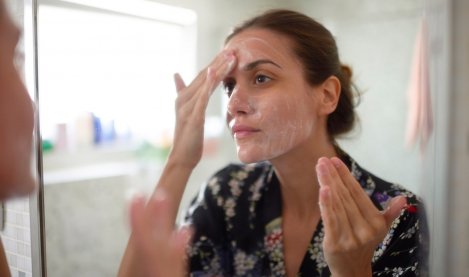Difficult to live with, this disease has a significant psychosocial impact, severely affecting self-confidence. Moreover, the women affected put a lot of effort into eliminating their blemishes.
According to a 2017 study*, 87% of women with acne in France who are between the ages of 20 and 40 seek treatment. What are the various profiles of affected women, what causes this adult acne, and what are its characteristics?
*Arcane Research study – February 2017
The various profiles of affected women
Adult acne especially affects women over the age of 25. According to studies, 41% to 54%* of women are affected, with various scenarios:
- acne persisting since adolescence
- late-onset acne appearing for the first time in adulthood
- relapse of acne, which disappeared after adolescence and recurs in adulthood.
What are the causes?
- The root cause is always hyperseborrhoea combined with dysseborrhoea, which then promotes inflammation: the C. acnes bacterium proliferates, causing the pilo-sebaceous follicle to become inflamed and the immune system to be chronically stimulated.
- Genetics and hormonal activity also play a role. Female adult acne is related to the menstrual cycle in 65% to 78%** of cases.
- Numerous studies are in progress to better understand this phenomenon of adult acne, which still remains unclear. Diet (sugar, foods with a high glycemic index, and dairy products), stress, fine-particulate pollution and endocrine disruptors are thought to play a role and are currently being studied.
What are the signs of adult acne?
Adult acne is often very different from adolescent acne. There are fewer blemishes but they are often inflamed and are located primarily on the lower face (jaws and chin) in women and on the back in men.





